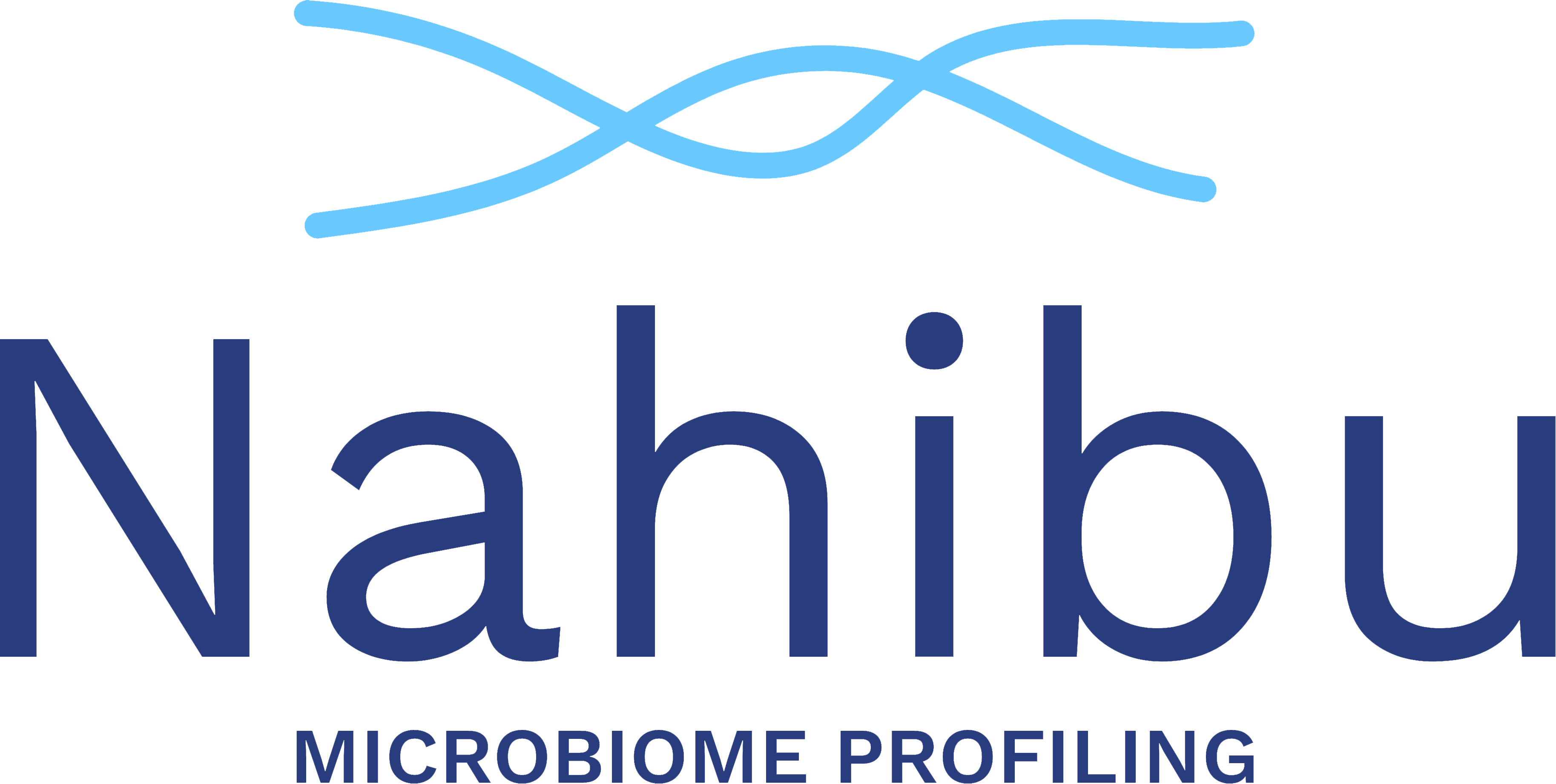🦠 Microbiome Glossary
Discover all the resources you need on the microbiome
What is the intestinal microbioma?
Set of microorganisms (bacteria, fungi, protists, etc.) living in a given ecosystem. The intestinal microbioma includes the microorganisms residing in the intestine. The intestinal microbioma was formerly called intestinal flora.
What is DNA (Deoxyribonucleic Acid)?
A molecule composed of two polynucleotide chains that coil to form a helix. DNA encodes the genetic instructions for the development, growth, functioning, and reproduction of all organisms and many viruses.
What is a bacterium?
Microorganism composed of a single cell, without a nucleus, with a very simple structure, considered neither animal nor plant.
What is dysbiosis?
Imbalance of the gut microbiome. For example, dominant species may be significantly reduced in quantity, while less dominant species may occupy the vacant space.
What is eubiose?
State of balance of the microbiome, as opposed to dysbiosis.
What is an enterotype?
Classification of organisms based on the composition of their gut bacterial community. There are three distinct types: Bacteroides, Prevotella, and Ruminococcus. The enterotype is not influenced by gender, age, or weight, but long-term diet appears to modulate it.
What is a gene?
A sequence of nucleotides in DNA that determines the synthesis of one or more proteins, and thus the manifestation and transmission of a specific hereditary trait.
What is a genome?
It is the complete set of genes of a species or an individual.
What is metagenomics?
A method for studying the genetic content of samples from complex environments (intestine, ocean, soil, air, etc.) collected in nature (as opposed to samples cultured in a laboratory). It allows for a genomic description of the sample content, as well as an insight into the functional potential of an environment.
What is the microbiome?
The genome (complete set of genetic data) of a microbiota.
What is a phylum (phyla in plural)?
Also called a phylum, it is the second level of classical classification of living species, below the domain. Below the phylum, bacteria can be classified by Class, Order, Family, Genus, Species, and Strain.

What is microbial richness?
It is the diversity of groups present in the microbiome, regardless of the abundance of each group. The richer a microbiome is, the better its health.
What is sequencing?
It consists of determining the order of nucleotide sequences, also called the sequence, for a given fragment of DNA.
SCFAs or short-chain fatty acids:
Compounds produced by the gut microbiome following the fermentation of dietary fibers. SCFAs (short-chain fatty acids) are active in the body and generally have beneficial effects, such as regulating inflammation.
Antioxidant:
A compound that prevents the oxidation of certain molecules. The body has a system of antioxidants and enzymes that prevent the deterioration of cellular components such as DNA, proteins, and lipides.
Cohort:
A group of people. The Nahibu cohort includes all users.
It is an English acronym meaning “fermentable oligo-, di-, monosaccharides and polyols.” These are fermentable sugars that are poorly absorbed in the small intestine and can cause symptoms in people with irritable bowel syndrome.
Bioinformatics pipeline:
A sequence of computational steps that give meaning to a sequencing file.
Functional potential:
Potential involvement of gut microbiome bacteria in the functioning of the body. It is referred to as “potential” because the analysis is based on DNA, and some genes may remain silent or inactive.
Probiotic:
A living microorganism (such as a bacterium or yeast, particularly lactic acid bacteria) that, when ingested in sufficient quantities, has a beneficial effect on health.
Richness :
Diversity of groups present in the microbiome, regardless of the abundance of each group. The richer a microbiome is, the better its health.
Taxonomy:
Classification of bacteria by phylum, class, order, family, genus, species, and strain.
